What surprised me in Seoul
I spent the first 24 days of April 2019 in Seoul. I visited Japan right after. Korea was a surprising and magical place. There is so much history, and there has also been so much recent growth (apparently the US thought it may have backed the wrong Korea, as recently as 1980) that it is changing rapidly. I like this combination.
This isn't a deep reflection of Korea and its culture. Just a list of things that surprised me. Mostly so I don't forget.
-
Dumplings (mandoo) typically have noodles in them. And that's not a bad thing! Clearly noodles are used as a type of filler, but they've figured out how to use the right ratio of rice noodles to meet and veggies, that it adds a nice complexity to the texture.
Along the same lines, Koreans even fry noodles. These are a surprisingly tasty, especially with a broth to wash it down. All Korean street food is worth trying.
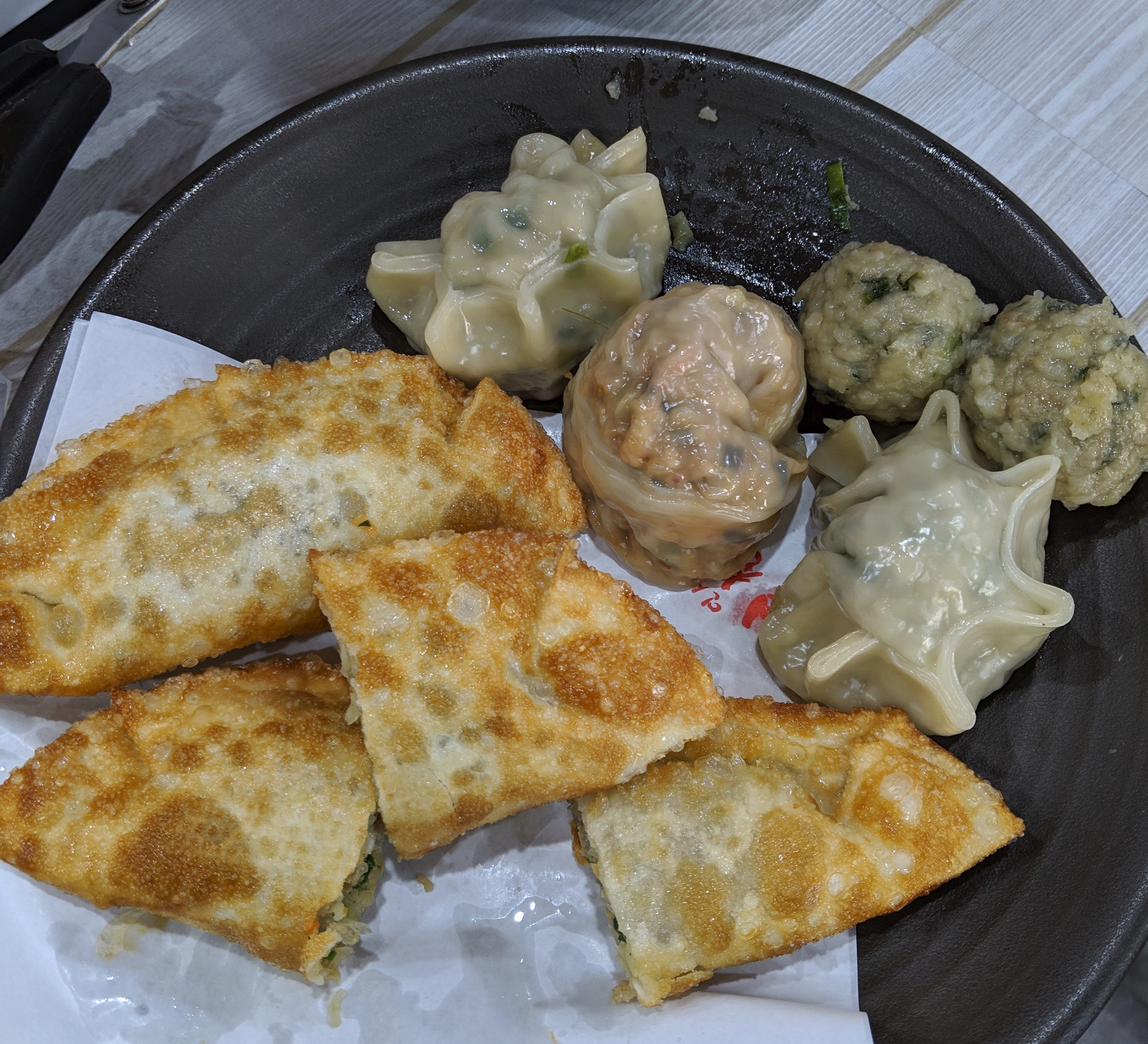
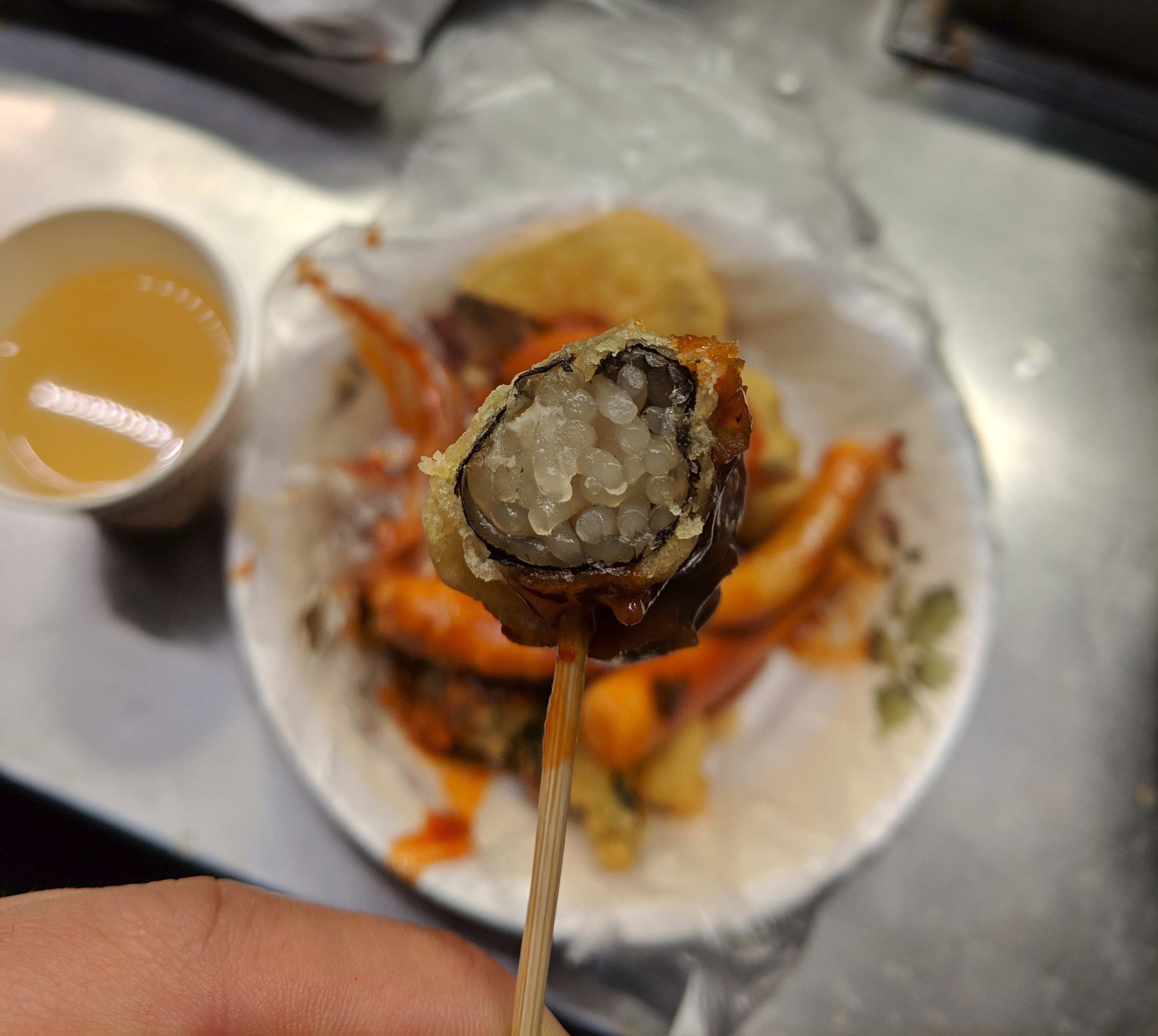
- Use your spoon to drink your soup (don't lift it to your face) and to eat your rice. This is inconvenient in the former situation, and highly convenient in the latter.
- Street food is always cooked by old people. A friend told me that older people have a hard time finding jobs, so they end up opening cafes or food carts.
- It seems that every dish is known as a good "hangover cure." I'm not sure what qualifies, but here are two of my favorite hangover cures:
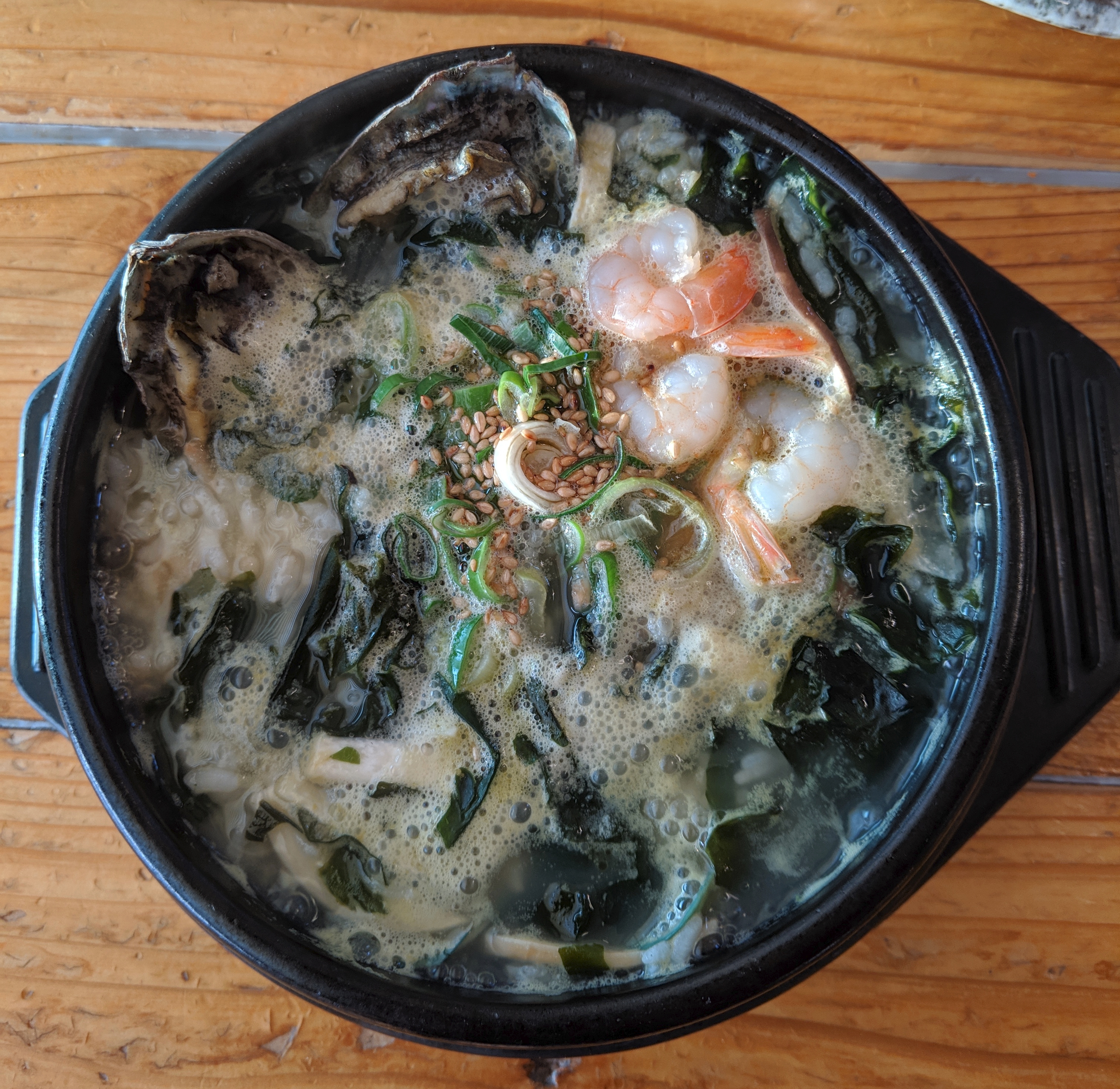

- Cafes are everywhere. I knew this going in, but was still surprised. It's incredible. I saw a Starbucks sandwiched between two cafes. It's not uncommon to see more than three cafes on a single side of a block. This is great for getting work done. There are often people buying coffees late at night, sitting in front of their laptops.
- You have to scan your T Money card when when you enter and exit a subway or bus. This is similar to Japan (but higher tech). I imagine the amount of data they are collecting because of this is orders of magnitude larger than NYC.
- Public transit is fantastic. This wasn't a surprise so much -- I had heard that public transit was always on time and clean. What did surprise me was the amount of buses on the street. There seemed to be about as many public buses as cars on the road. Seoul is a great city to live without a car.
- Many seats are reserved for pregnant women and disabled and elderly people. Even if there aren't any disabled or pregnant women on the train, it's impolite to sit in a seat that's reserved for them.
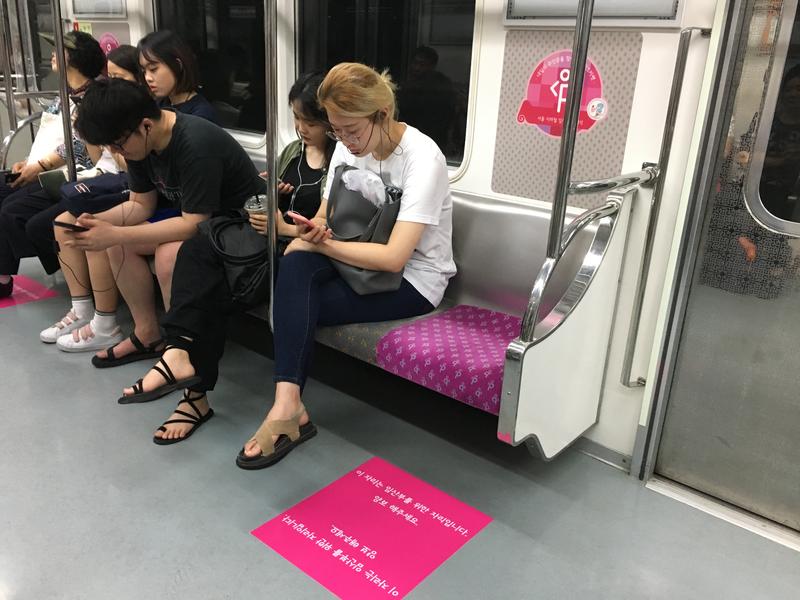
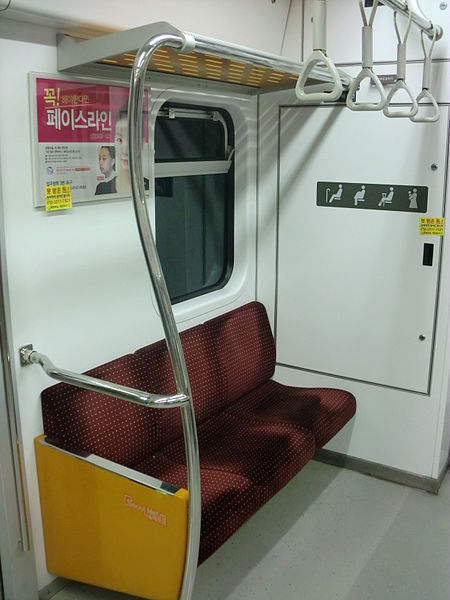
- Subways (and restaurants, elevators, malls, etc) are filled with alarming videos and signs of escaping fires, what to do during an earthquake, and most alarming - what to do in the event of a missile strike. It seems that with North Korea just miles away, people live with some level of constant fear.
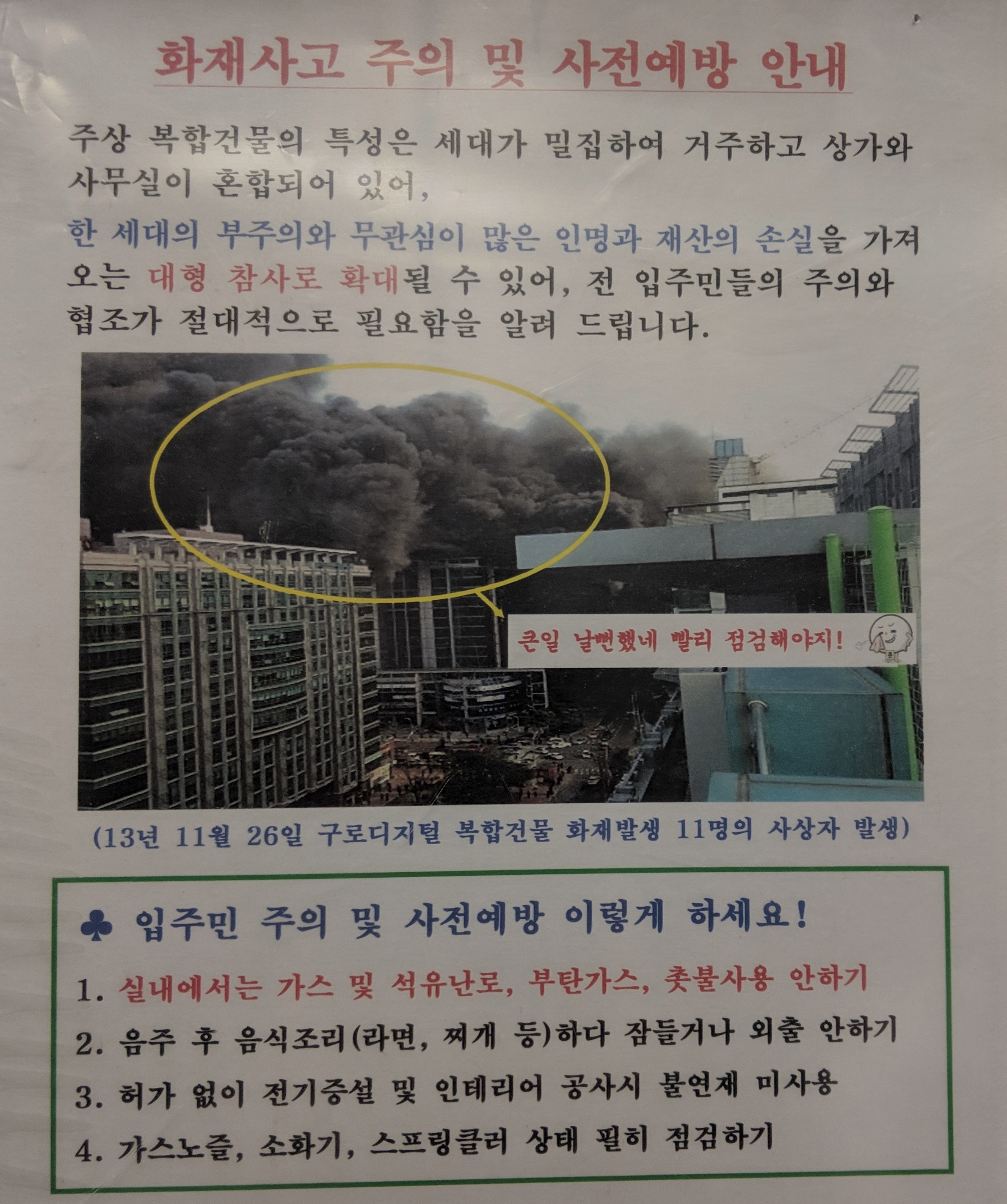
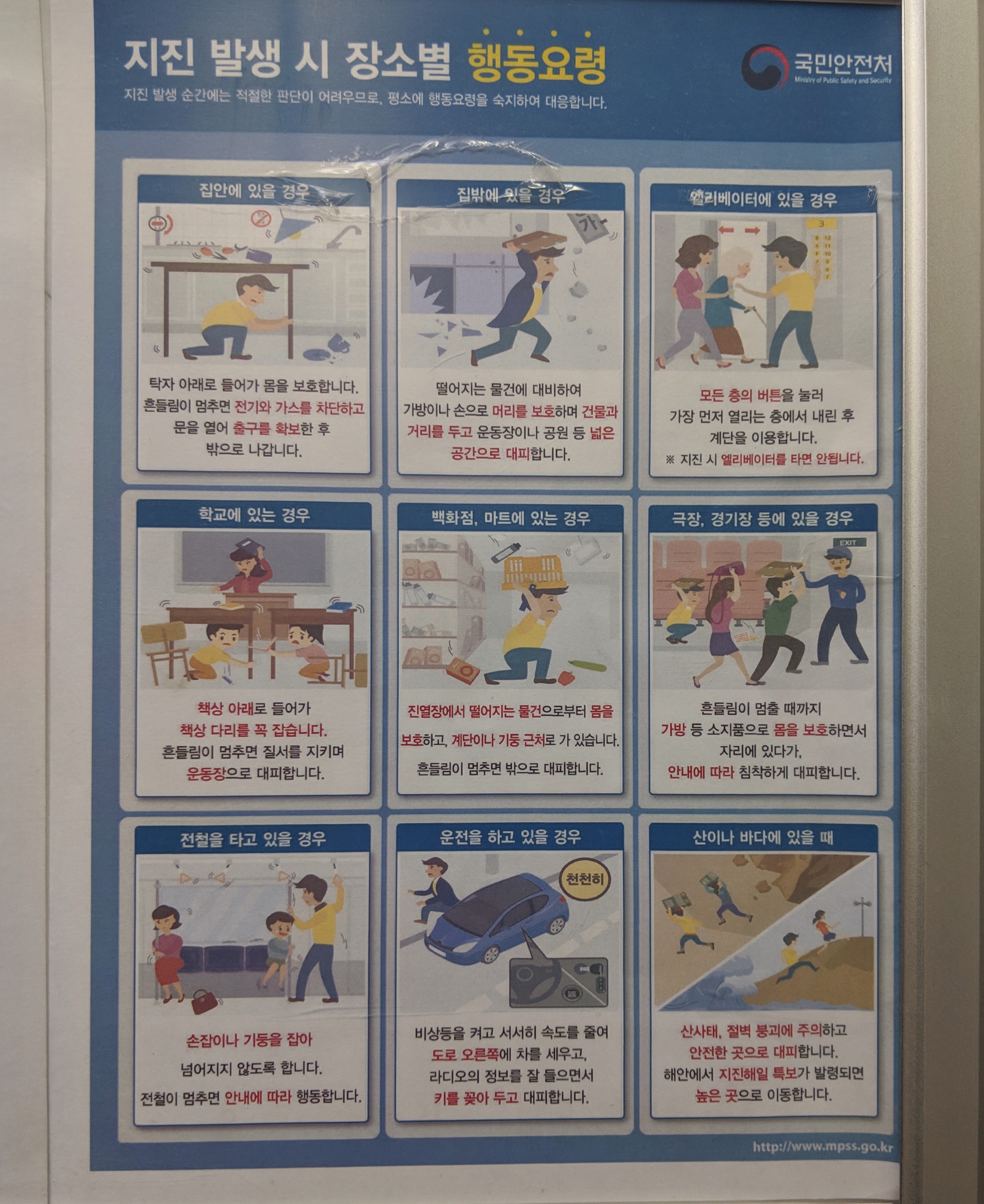
- Ariana Grande is immensely popular. I heard "Thank You, Next" constantly, as well as a few of her other songs (like 7 Rings). It makes sense - she sounds a lot like a K-Pop idol. Most people won't know who Drake or Kanye is, but will know exactly who Maroon 5, Ed Sheeran, and Araina Grande are. One person told me they like to refer to her as "Koreana Grande".
- Google is basically non-existent (aside from YouTube). This was shocking to me. Korea doesn't want foreign companies to have access to their map data (because they don't want North Korea to have access), so only native companies can make useful map applications. That's right, no Google Maps. The two largest "web portals" are Naver and Kakao. Even search is typically done through Naver. Also, Amazon is non-existent.
- Spotify doesn't exists - the top streaming services, Melon and Genie, are made by Korean companies. They seem to be missing out on a lot of American usage rights -- a friend there had a hard time listening to Frank Ocean.
- Kakao Talk is a delight. Kakao Talk is the dominant chat application in Korea - everyone uses it. And it easy to see why. I've never felt so good about opening an app. Emoticons consist of adorable characters who each have certain personalities. I even noticed old men on the subways sending cute emoticons. Strangely, another Korean company, Naver, makes Line, the dominant chat app in Japan (and some other Asian countries). I tried Line out while I was in Japan, but it doesn't match the charm of Kakao Talk. There is a lot more to learn in this space, but I'll save for another post.
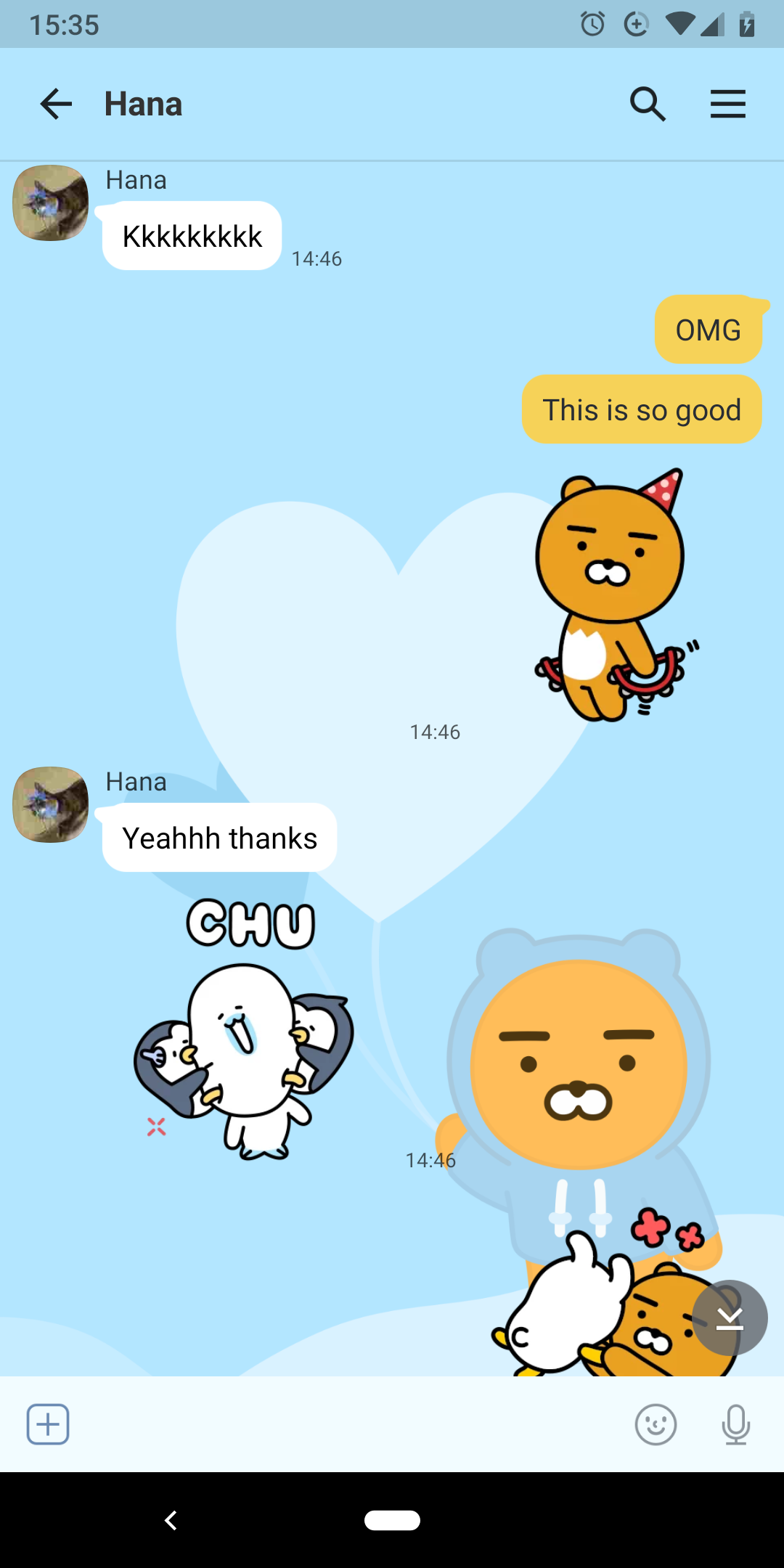

- Lol or hahaha in a chat is replaced by kkkkkkk. I guess it sounds like giggling (kikikikiki).
- Women wear trench coats - walk down a crowded street in April and you are bound to see more trench coats than you've ever seen in your life. Nothing wrong with this -- they look good!
- FILA seems to be the most trendy shoe brand (for men and women). I think this is a fad -- the whole retro kick/dad shoes thing going on right now is being capitalized on heavily by FILA. But it turns out, FILA was bought by Korean businessman Gene Yoon in 2007 and is now run out of Fila Korea Ltd. Maybe it will have staying power in Korea.
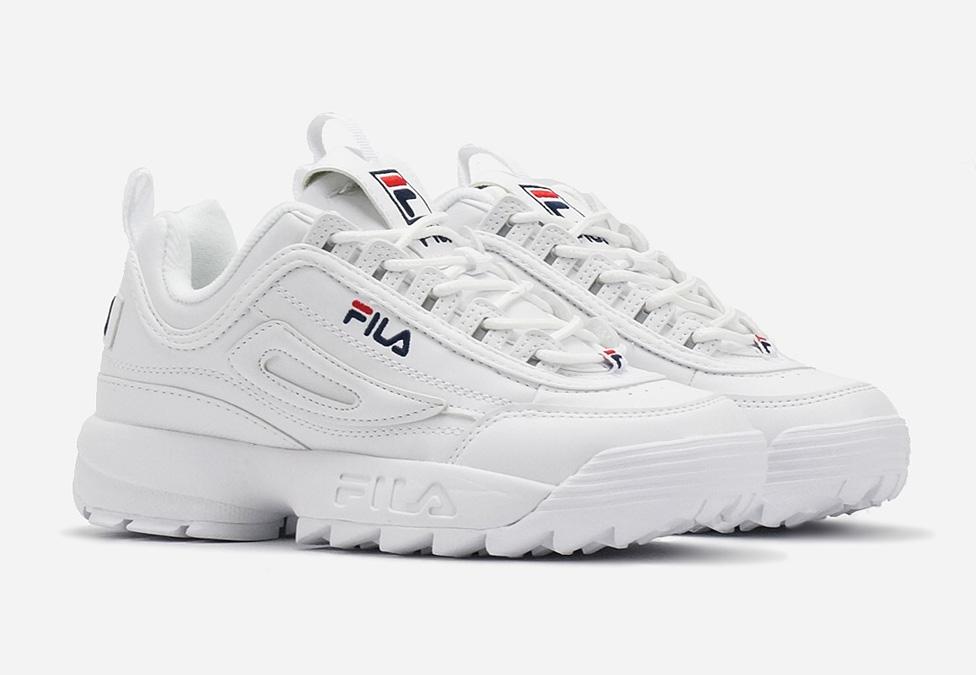
- Porridge is popular. There were small restaurants that only served various types of porridge.
- College students wear jackets that look like "varsity jackets" in the US, except that the back shows the school name, and the wearer's major. So you might see "Sookmyung University - Art History". My 6th-grade math teacher used to say that we should show more appreciation for school achievements than athletic ones. She would have been impressed.
- Pay for your food when you order it. Waiting for a check is often the worst part of the dining experience in the US, and Korea has solved it. Not sure which other counties have this custom, but I love it.
- People take the pamphlets that are handed out on the street. In NYC, it seems that only tourists are suckers enough to take the garbage advertisements that are being forced into their faces. But in Korea, almost everyone takes them! I asked someone why she took so many, and she said that the people handing them out need to fill a daily quota, so she thinks it's good to help them out. Did I mention that people are very kind?
- Cultural appropriation doesn't seem to be a worry. Tourists of all backgrounds are encouraged to wear traditional Korean dresses (called Hanbok) when they visit the temples. Most temples provide free entry for visitors in Hanbok. At first I found it a bit strange to see people of all nationalities posing for pictures in dresses that they have little or no previous appreciation for, but from what I could tell, locals love to see anyone and everyone looking pretty in a Hanbok.